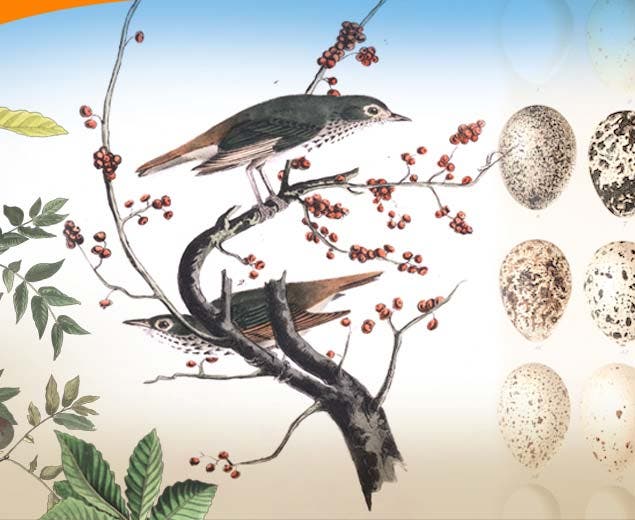The Audubon Societies
The First Audubon Societies
The Audubon Society traces its roots to 1886 when George Bird Grinnell, sportsman and publisher of Forest and Stream, founded a national organization in the interest of bird protection. Within a year, the Audubon Society had over 300 chapters and 18,000 members. In February 1887, he began selling subscriptions to Audubon Magazine at 50 cents a year. But the original society was short lived. Subscriptions to the magazine failed to provide the necessary financial resources to fund the association, forcing the demise of Grinnell’s Audubon Society within three years.

